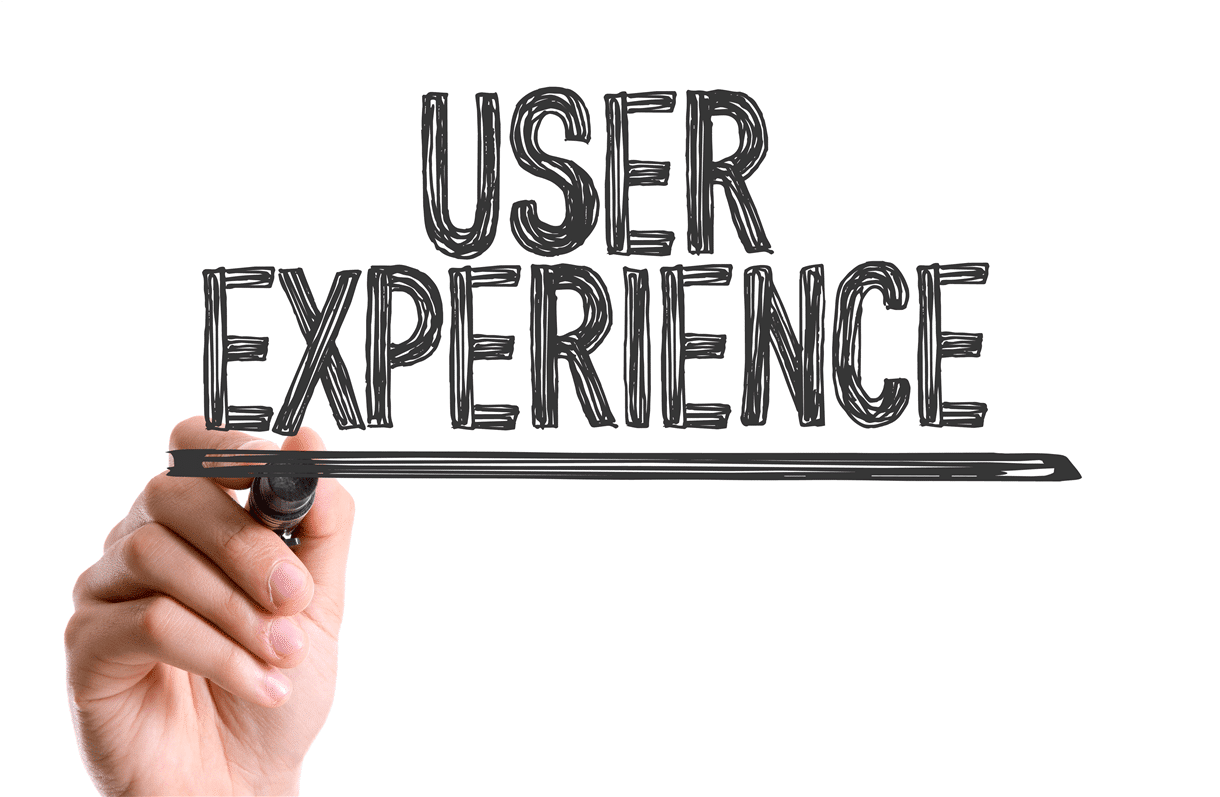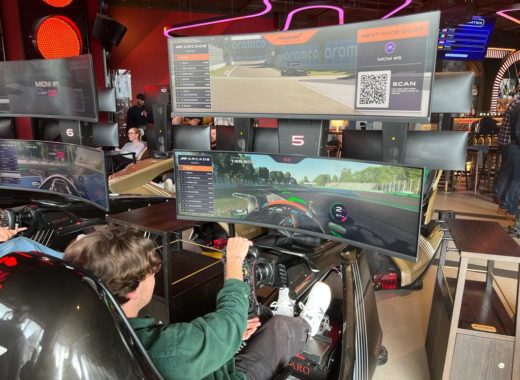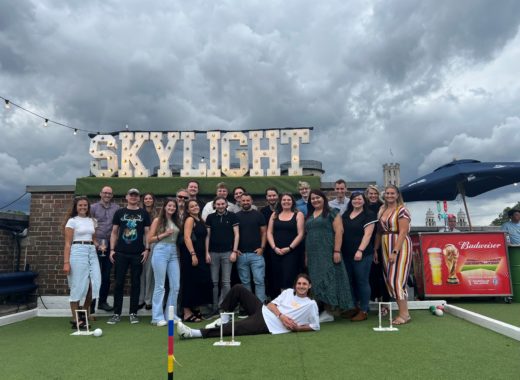Breaking Conventions

One thing I have always tried to encourage people to do is to take notice of those sudden ideas that occasionally seem to pop into your head. Too easily forgotten are ideas that could have a significant impact if followed up. That said, I’ve often ‘slept on it’ and woken up with a total change of heart. I guess that is some kind of really delayed spam filter; I have to work hard to not respond impulsively.
A recent idea that entered my brain that I felt needed exploring immediately is something I call UE-UX. It’s not really my idea at all because all the technology has been in existence for a while, but I definitely think it’ll be a growth area. UE-UX is just a term I’d like to coin.
So what’s this idea?
Well, UE-UX is simply ‘user-environment user-experience’. You may have noticed your smartphone is pretty good at knowing what is what, and what you might be doing next. My phone seems to always know when to serve me with certain information and where. They do all the things like automatic screen brightening, weather updates and warnings, traffic updates and information on things in my locality. It’s taking user interaction data and making sense of what it means, and how it can then improve user experience.
It occurred to me that whilst mobile devices have gotten really good at this sort of thing, websites seem to have remained fairly static. You can visit a website on your desktop and most of the time it’ll look the same, maybe more simplified or maybe responsive.
But what about if the site adapted to you – personally. What if based on your location, the site wallpaper changed to an image from your approximate location, like a bridge or castle or other landmark. You might not even have to worry about ruining the design of your website as it is; with opaque web design, the wallpaper can sit fairly discreetly behind that. The layout could adapt to regular users, for example a lot of websites have various ways to navigate to suit all types of users. What if registered or regular users never used elements of the site, would it be easier to navigate if they were moved, or removed, altogether. It could be optional, and the site could reset with a click.
A set of rules could be in place that if a user clicks a tab more often, it becomes more obvious on the page, for example. There is myriad ideas that could be used here, far too numerous to name here; best thing to do is let your imagination run wild and just say ‘what if…’.
Could UE-UX be monetised?
I think so yes. The issue I have with a lot of experts in the PPC business is that they only often think reactively, charging to set up an account based on a website as if it can’t be changed. Quite often this leads to lacklustre campaigns. The emphasis needs to be on working with a website harmoniously and quite often this has meant major structural changes on-site and even in the business itself in terms of product price point.
By harnessing user interaction data a website could automatically adjust itself in terms of layout- buttons visible depending on which products sell. In the next few weeks we’ll be exploring the AdWords API to feed product data outwards and setting up a test to see if we can get the site to react to when certain sales thresholds are met or not met.
Hopefully once we have produced some favourable results, we can publish a guide on how the whole mechanism works. In the meantime we always welcome outside opinion, so feel free to send us a message if you have any ideas to share.


